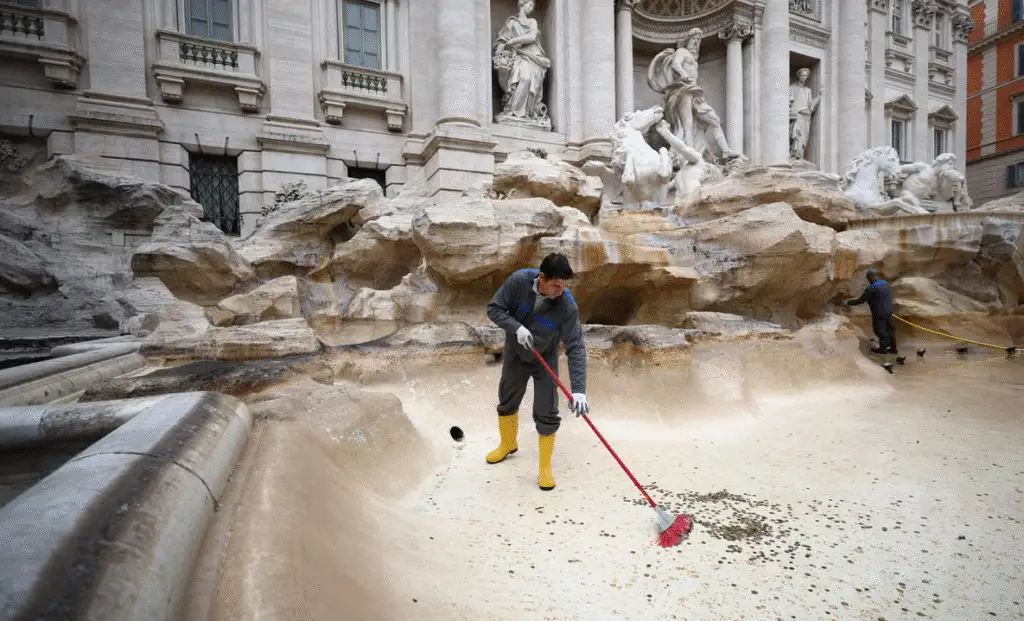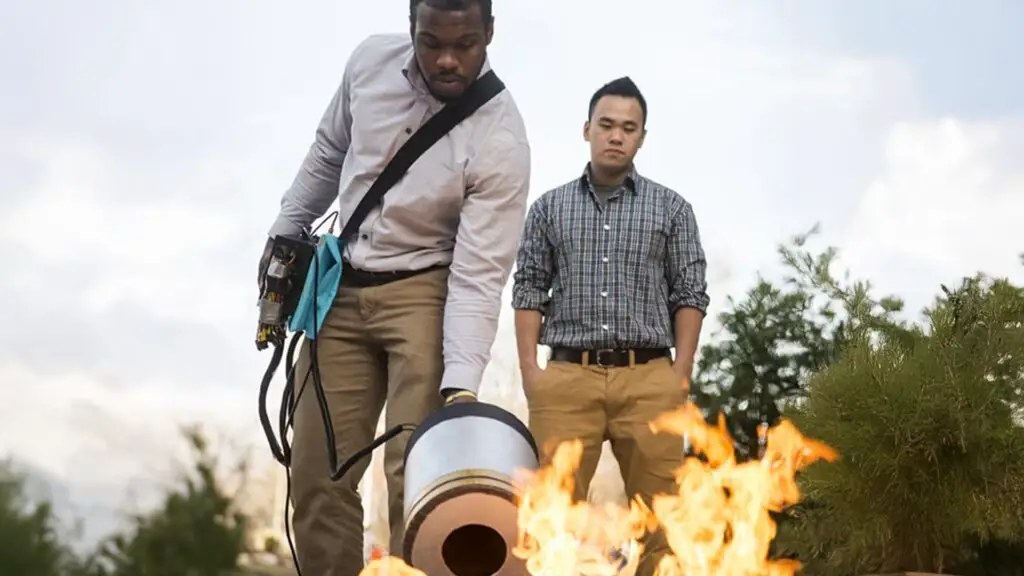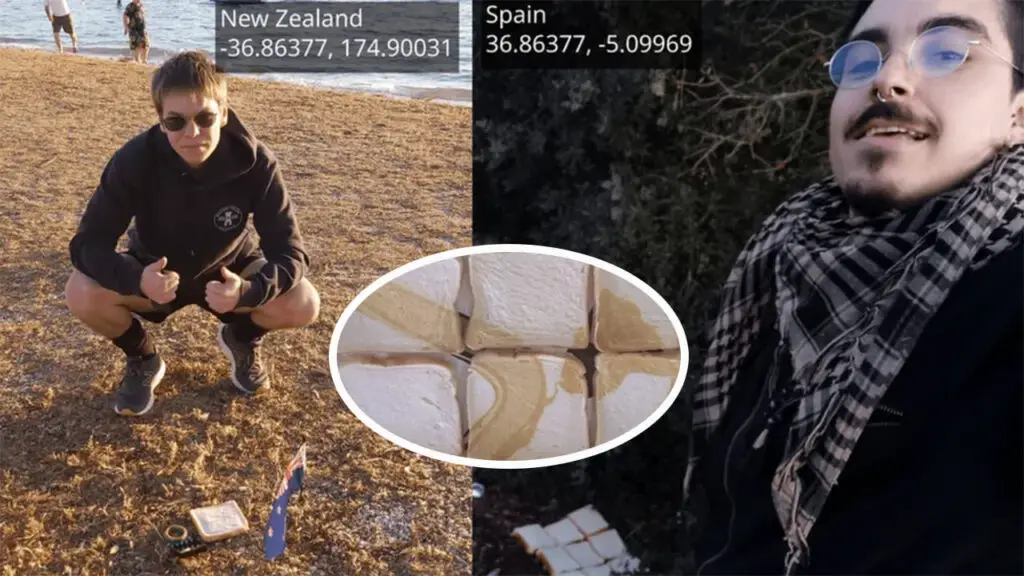10 Things You Didn’t Know About the Trevi Fountain

Rome, Italy— Ah, Rome—the Eternal City where every corner whispers history, and let’s be honest, nothing screams “must-see” quite like the Trevi Fountain.
You’ve probably tossed a coin in there yourself, hoping for that magical return trip.
But hey, did you know this Baroque beauty hides layers of secrets beyond its splashing waters?
I mean, it’s not just a pretty face; it’s a testament to Roman ingenuity and a bit of Hollywood glamour.
In my view, the Trevi isn’t just a fountain—it’s a living piece of art that keeps evolving.
Drawing from centuries of lore and recent updates, here are 10 mind-blowing facts that’ll make your next visit even more epic. Trust me, you’ll see it in a whole new light.
1. It’s Way Older Than You Think, With a Rocky Construction Saga

Picture this: The Trevi Fountain as we know it kicked off construction in 1732, but its roots dive deep into ancient Rome.
The water flows from the Acqua Vergine aqueduct, a revival of the Aqua Virgo built in 19 BC—yeah, that’s over 2,000 years ago!
Legend has it, a virgin helped Roman technicians find the pure spring 13 km away, and the aqueduct stretched 22 km to supply baths and fountains.
Fast forward to the 18th century, Pope Clement XII commissioned the redesign after Pope Urban VIII back in 1629 called the old version unimpressive.
I think that’s hilarious—popes critiquing fountains like they’re on a reality show.
The gig first went to Florentine Alessandro Galilei, but Romans flipped out, so local Nicola Salvi snagged it with his second-place design.
Sadly, Salvi died in 1751, and Giuseppe Pannini finished it in 1762, inaugurating it on May 22 under Pope Clement XIII.
Oh, and get this: It was financed partly by the Roman lottery. The thing stands massive at 26.3 meters high and 49.15 meters wide, the largest Baroque fountain in Rome.
But tragedy struck—several builders and a stonecutter died under the weight of the travertine stone during construction.
In my opinion, that adds a somber depth to its grandeur, reminding us of the human cost behind these wonders.
2. The Name’s All About Location, Location, Location

Ever wonder why it’s called Trevi?
Simple yet clever: “Trevi” comes from the Latin “trivium,” meaning the junction of three roads—Via De’ Crocicchi, Via Poli, and Via Delle Muratte meet right there.
In Italian, “Fontana di Trevi” literally translates to “Three Street Fountain.” You know, it’s like the fountain’s saying, “I’m the star at this crossroads party.”
This spot in the Trevi district has been a water hub since ancient times, marking the end of that historic aqueduct.
I love how names like this tie back to everyday Roman life—nothing fancy, just practical.
It makes the place feel more approachable, don’t you think?
3. It Shares Building Blocks With the Colosseum—And It’s Deadly Stuff

Both the Trevi and the iconic Colosseum are crafted from travertine stone, quarried near Tivoli, about 35 km east of Rome.
This creamy, durable rock gives them that timeless Roman vibe. But here’s the grim part: That heavy stone caused fatal accidents during Trevi’s build, crushing workers.
It’s a stark reminder that these monuments weren’t just erected by magic.
In my perspective, sharing materials with the Colosseum links the Trevi to Rome’s gladiatorial past, blending entertainment with artistry.
Travertine’s porosity also helps with the fountain’s dramatic water effects, merging rock and flow seamlessly.
Pretty cool how one stone ties epochs together, right?
4. Touch the Coins at Your Peril—You Could Land in Hot Water

Okay, confession time: Who hasn’t eyed those shiny coins in the basin and thought, “Free souvenir”? But hold up—it’s straight-up illegal to fish them out.
You could face fines or even jail for theft. The water’s tempting, but dipping in for a swim? That’s a no-go too, with hefty penalties.
This rule protects the tradition and the charity it funds. I think it’s smart; it keeps the magic intact.
Plus, with crowds averaging 1,000 to 1,200 visitors hourly, enforcement is key to preserving this gem.
5. Meet the Fountain’s Notorious Coin Bandit, ‘D’Artagnan’
Speaking of thievery, the Trevi had its own rogue hero—or villain, depending on your view.
Roberto Cercelletta, nicknamed “D’Artagnan” after the Musketeer, swiped coins for 34 years straight.
This guy made it his daily gig, raking in petty cash until authorities nabbed him in 2002. It was huge news—The New York Times even covered it!
You gotta admit, there’s a Robin Hood charm to it, but stealing from charity? Not cool.
In my opinion, it highlights how irresistible the fountain’s allure is—even to locals.
Cercelletta became a quirky footnote in Trevi lore, adding that human element to its history.
6. It’s Basically Hollywood Royalty, Stealing Scenes Left and Right
If fountains could win Oscars, Trevi would have a shelf full.
It shot to fame with the 1954 film “Three Coins in the Fountain,” where American secretaries toss coins for wishes, sparking the global tradition.
Then there’s the sultry 1960 “La Dolce Vita” by Fellini—Anita Ekberg frolicking in the water, calling Marcello Mastroianni to join? Iconic!
Don’t forget “Roman Holiday” with Audrey Hepburn, or kid-favorite “The Lizzie McGuire Movie.” It’s like the fountain’s a natural set, blending romance and whimsy.
Personally, I believe these cameos cemented its status as the world’s most famous fountain. Cinephiles spot it instantly—talk about star power!
7. It’s a Treasure Trove of Weird Lost-and-Founds
Coins aren’t the only things plunging into Trevi’s depths.
Cleaners fish out everything from eyeglasses and religious medals to—get this—dentures! I mean, how do you lose your teeth in a fountain? Maybe mid-wish excitement?
Other oddities include jewelry, keys, and even small pets’ collars.
It’s hilarious yet fascinating, showing how absorbed people get. Stick to coins, folks—that’s my advice.
These finds add a quirky, human touch to the grandeur.
8. Over a Million Bucks Tossed In Yearly—All for Charity
Here’s the heartwarming twist: Tourists chuck about 3,000 euros daily into Trevi, totaling over 1.5 million in a 2017 report and 1.4 million in 2016.
All that cash goes to Caritas, a Catholic charity aiding the poor, underprivileged, and AIDS patients.
Just last summer, Rome’s mayor reaffirmed it’d stay charitable, squashing rumors of government grabs—Smithsonian Magazine debunked that infrastructure myth.
In January 2025, The New York Times highlighted how these coins fund good causes, ensuring the legend lives on ethically.
I think it’s brilliant; your wish literally helps others. With collections vacuumed up regularly, it’s a win-win for Rome’s needy.
9. Nail the Wish Ritual, or It Might Not Stick
Alright, the biggie: How to wish properly. Turn your back to the fountain, right hand over left shoulder, and lob that coin.
Legend says one guarantees your Rome return; a second snags love with an Italian. That’s amore, baby!
This stems from ancient customs but exploded post-“Three Coins.” Do it right, or why bother?
In my view, it’s the fun that counts—adds interactivity. Pro tip: Visit early morning to dodge crowds; keep valuables close.
With a new 2024 queuing system capping 400 visitors, it’s more manageable now.
10. It’s Moonlighted as a Runway for High Fashion
Who knew fountains do couture?
In 2016, Fendi celebrated its 90th anniversary with a show where models “walked on water” via a glass catwalk over Trevi.
Magical illusion! Fendi also bankrolled a 2.2 million euro restoration starting in 2013, wrapping in 2015 after 18 months—cleaning statues, adding LED lights for night glow.
Restorations keep coming: 1988 for smog, 1998 for cracks, and a quick 2024 three-month spruce-up.
The theme? Taming waters, with Oceanus riding a shell chariot, flanked by tritons and hippocamps symbolizing sea moods.
Sculptures by Pietro Bracci and others depict abundance and health.
I adore how fashion and history collide here—Trevi’s not static; it’s evolving, just like Rome.
































